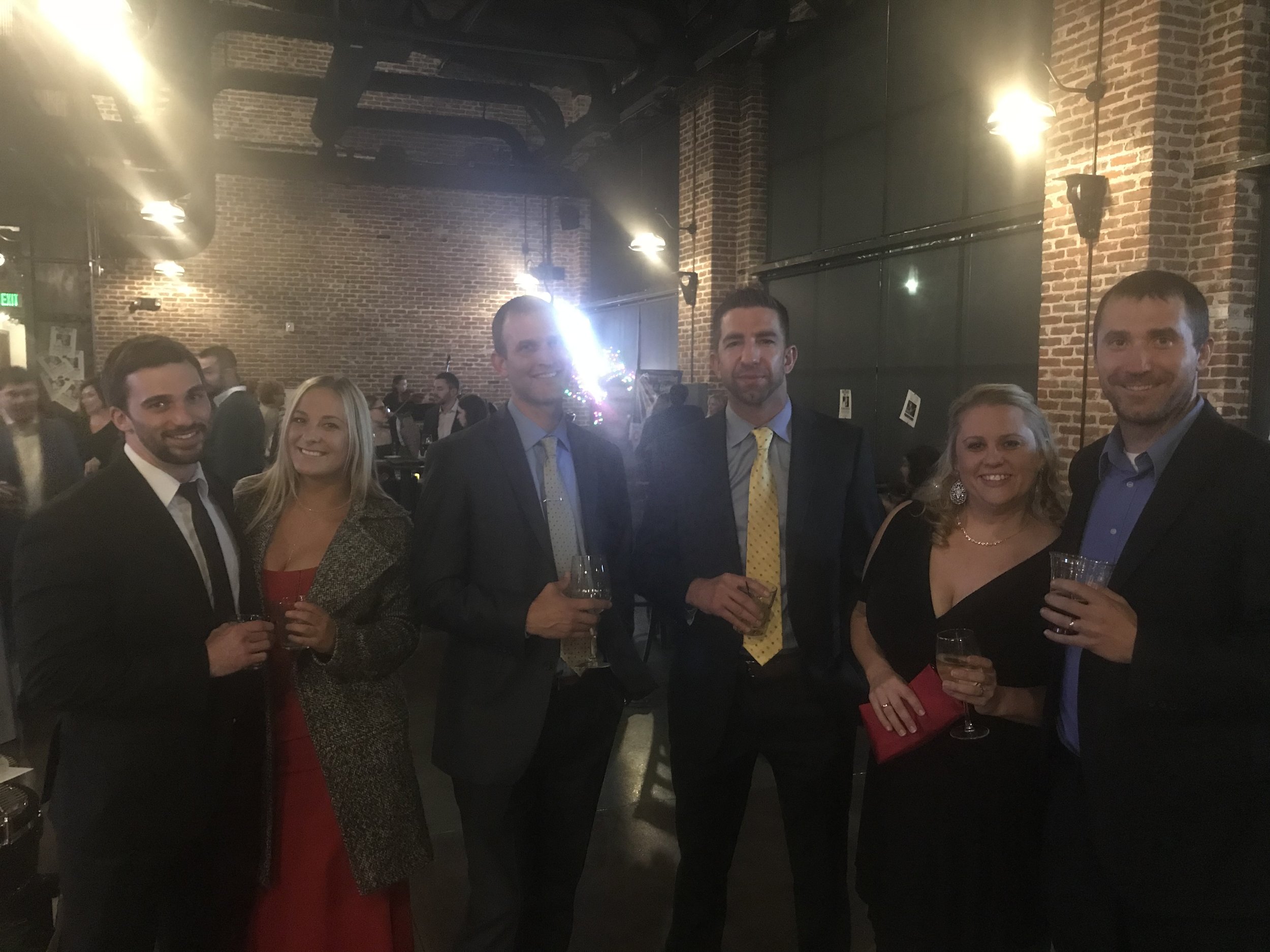Return on Investment Projects
/As an experienced General Contractor with over 20 years in construction, my professional recommendations encompass a range of home improvement projects that not only enhance your living space but also provide the best return on investment, as highlighted in the National Association of Realtors (NAR) report.
One of the most lucrative projects is a master bathroom remodel. Upgrading fixtures, adding modern amenities, and creating a spa-like atmosphere can significantly increase your home's value. Homebuyers often prioritize a luxurious master bathroom, making this a wise investment choice.
Another high-impact project is finishing the basement. Converting an underutilized space into a functional living area, such as a guest suite, entertainment room, or home office, appeals to buyers seeking additional square footage. A well-designed finished basement can add substantial value to your property.
Consider adding an Accessory Dwelling Unit (ADU) to your property. These self-contained units, like a guesthouse or in-law suite, provide extra living space and can be rented out for additional income. ADUs are increasingly popular with homeowners and investors alike, offering a promising return on investment.
Expanding your home's square footage through a room addition or popping the top and adding an additional story can also be advantageous. Extra living space, whether it's a new bedroom, living room, or office, contributes to the overall value and appeal of your home.
If your home has an attic that is currently unused, finishing the attic space can be an excellent investment. Converting it into a functional living area, like a bedroom or playroom, adds usable square footage and enhances the property's desirability for potential buyers.
Lastly, for those seeking a comprehensive transformation, a whole-house remodel can be a smart choice. Upgrading the kitchen and bathrooms, replacing outdated systems, improving energy efficiency, and enhancing overall aesthetics can give your home a fresh, modern appeal and increase its market value.
Before embarking on any home improvement project, it's essential to research local market trends and consult with a real estate agent to understand what potential buyers are seeking in your area. By aligning your home improvement choices with the preferences of prospective buyers and leveraging the NAR report's insights, you can make informed decisions that not only enhance your living space but also maximize the return on your investment when it's time to sell your home.
































